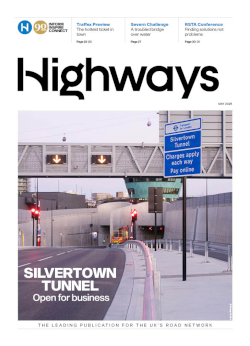The partners in the UK Autodrive consortium were Arup, Milton Keynes Council, Coventry City Council, Jaguar Land Rover, Ford Motor Company, Tata Motors European Technical Centre, RDM Group, HORIBA-MIRA, AXA, Gowling WLG, Thales, Connected Places Catapult, University of Oxford, University of Cambridge, and the Open University.
The project was made up of three main elements:
– ‘Pods’ programme, focused on the development and trialling of a new form of ‘last-mile’ electric-powered pod vehicle;
– ‘Cities’ programme, aimed at helping cities to understand how they could best facilitate and benefit from automated transport systems.
– What levels of integration are necessary with road infrastructure, including traffic signals.
– Minimising any issues related to time synchronisation between system components, with a key project learning being that distributed systems are highly reliant on their networking.
– The handling of pedestrians, with restrictions on areas where pedestrians cross roads recommended during future trials, and as long as in-vehicle pedestrian prediction models remain in a relatively immature state.
– The need to correct for three-dimensional ‘imperfections’ on real road surfaces compared to two-dimensional mapping software (e.g. potholes, speed bumps).
– The current unsuitability of GPS as the sole source of traffic lane-level localisation (Jaguar Land Rover and Tata Motors European Technical Centre teams both confirmed that GPS localisation was not sufficiently precise without these additional systems.
In terms of connected (V2V/X) technologies, during the project partners were able to test, develop and refine seven connected car features to the point that they could be successfully showcased in the two host cities of Milton Keynes and Coventry as part of the project’s final demonstrations in October 2018.
The Emergency Vehicle Warning and Collaborative Parking features were judged to have worked particularly effectively, and could be seen as offering real-world benefits in the near future once sufficiently developed for use in production vehicles. The Electronic Emergency Brake Light feature was also considered as having strong potential to reduce road accidents.





